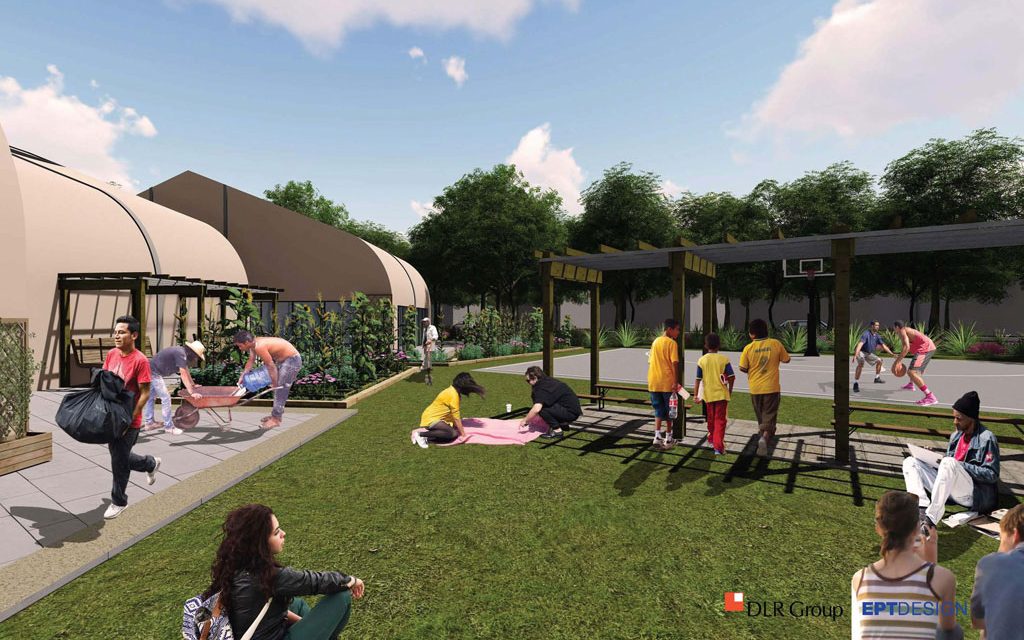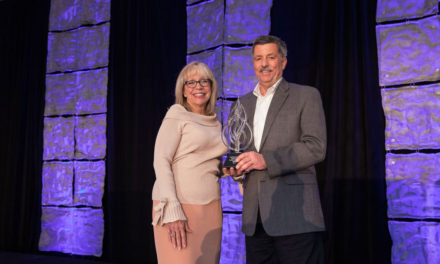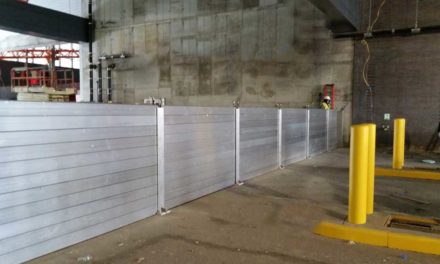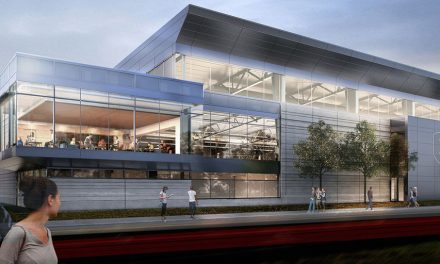Design and development teams will help create clean, safe neighborhood sites
LOS ANGELES (July 10, 2018) – ULI Los Angeles, a District Council of the Urban Land Institute, is coordinating with Mayor Eric Garcetti’s office to help implement key recommendations from its recent report on homelessness. ULI has gathered top-level architecture, landscape architecture and commercial real-estate leaders to assist in the City of Los Angeles’ “A Bridge Home” program, which is building safe and clean shelters to help homeless people transition to long-term housing.
ULI Los Angeles’ leadership recently met with the Mayor and staff to present report findings prior to his State of the City Address in April. The provision of a transitional housing plan, including increased access to shelters as well as transitional and permanent housing, is a key recommendation in the report.
ULI’s recommendations informed provisions for homeless shelters that were included in the annual budget presented by the Mayor for the City of Los Angeles, including a commitment to provide temporary housing structures in every council district. The City’s annual budget now includes $30M for the construction program. The City’s supportive housing will be furnished with on-site mental health, employment, addiction, housing placement services, and wellness resources. ULI will soon assist the Mayor’s office and some of the City Council members with housing design and development of the siting criteria.
“With Mayor Garcetti’s acceptance of our help and key report recommendations, we convened high-level architecture and real-estate leaders,” said ULI Los Angeles Chair and founder of C+C Ventures Clare DeBriere. “The results of our design charrettes and outreach will help secure greater neighborhood support for the Bridge Home program by identifying site criteria and design solutions. We will soon formally submit them to the Mayor and his senior staff with the goal of building safe, clean, sanitary and visually attractive bridge housing that will transition people to permanent shelters.”
“The work of our leaders in Los Angeles demonstrates the strong commitment of ULI’s members to bring about meaningful, lasting change in our communities,” said ULI Americas Chairman Patricia R. “Trish” Healy, Principal at Hyde Street Holdings, LLC in Raleigh, N.C. “They are setting an example with practical solutions to address one of our cities’ toughest challenges. What we are learning from this experience can benefit every city dealing with homelessness. That is a powerful impact.”
Architecture and Real Estate Teams
ULI held intensive charrettes with three architecture firms (DLR Group, Studio One Eleven and JFAK Architects) and with three landscape architecture firms (EPT Design, Relm and SWA). The teams focused on solving three site challenges: a 50-bed site; a 100-bed site; and a 150-bed site.
In addition, ULI Los Angeles is collaborating with CBRE and Gensler to identify sites for the 50/100/150 bed needs and a list of all sites in each City Council district which are owned by the Federal, State, County or City governments. ULI will then work with the City Council members (at their request) to determine the best sites in their districts. To date, Council President Wesson and Council Members Paul Krekorian and Jose Huizar have requested help.
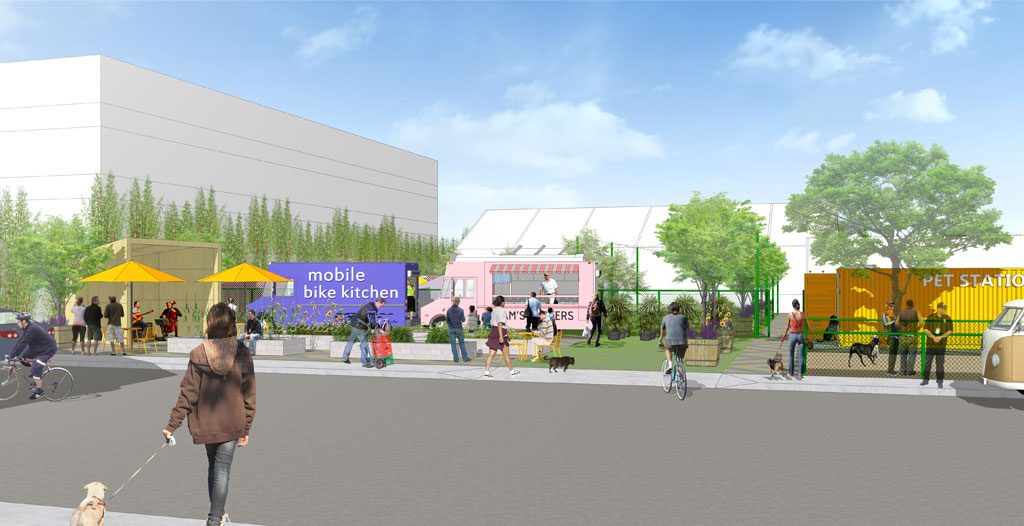
Rendering from landscape planning and architecture teams SWA and Studio One Eleven.
Homelessness: Recommendations for Local Action is based on a thorough evaluation of Los Angeles’s homelessness problem conducted through ULI’s Advisory Services Program this past December. (At approximately 57,000, Los Angeles County’s homeless population is the second highest in the U.S., ranking just below that of New York City.) The report builds on existing efforts to combat homelessness by providing short- and long-term housing solutions and offering guidance on deploying and leveraging the billions in bond proceeds being generated by Measure H and Proposition HHH for homelessness assistance.
While ULI’s recommendations focus primarily on the city of Los Angeles (where the majority of the area’s homeless are located), they are applicable to Los Angeles County and can be adapted for other metropolitan regions. The recommendations were made by a panel of housing, architecture, public policy and housing finance experts convened by the Institute through the Advisory Services Program. With rising housing costs and insufficient housing supply as overriding factors, the panel’s work included consideration of how developers and neighborhood leaders could find common ground on land use plans that allow housing to be built in areas where it has typically been blocked; how and where supportive housing and affordable housing can be built at a large scale; the assessment of optimal housing uses tailored to specific needs of different neighborhoods; and ways to avoid concentrating the homeless in specific neighborhoods.
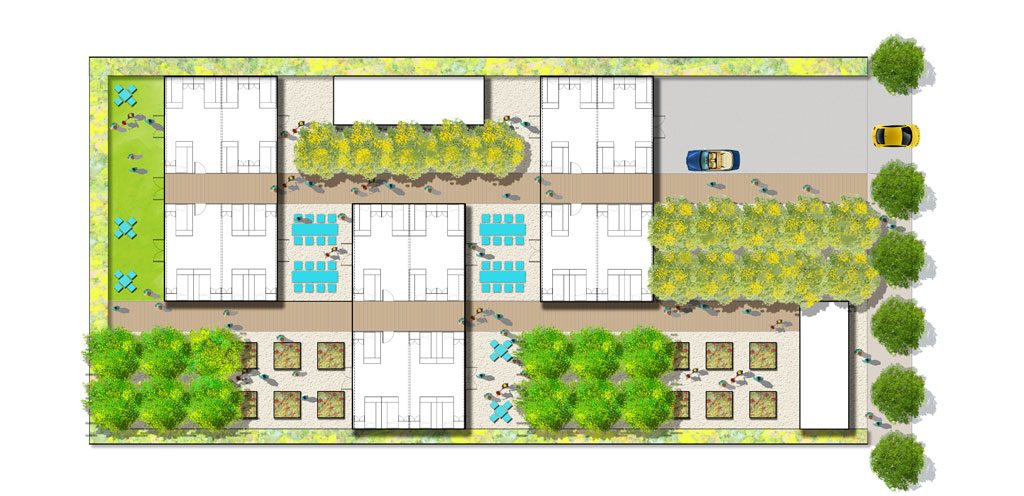
Rendering from landscape planning and architecture teams Realm and JFAK.
Key recommendations from ULI’s report:
The panel’s recommendations center around one main goal as a starting point – reducing the number of unsheltered homeless (people not sleeping in shelters) by 50 percent by the end of 2018. The recommendations include:
- Use existing resources effectively – the city and its partners should intensify efforts to connect the unsheltered homeless with existing shelters and fill unused beds and supportive housing units.
- Establish 60 community housing centers on land owned by the city, county or non-profits, using vacant or underused properties when possible. Centers should be equally distributed across the city, with four in each of the 15 council districts.
- Quickly reclaim and restore public spaces formerly occupied by homeless encampments for use as park/recreational space by the general public.
- Invest in scattered-site, permanent supportive housing with a focus on innovative, cost-effective approaches for combining housing and services; aim to provide 500 units each year for five years using an approach that incentivizes owners of small to medium-sized properties to participate.
- Increase the overall housing supply – including single-family homes, market-rate condos and supportive housing – to start reversing the city’s growing housing shortage.
- Streamline approvals and offer more incentives for housing construction, with an emphasis on affordable housing development.
- Encourage innovation in housing design and development; embrace different solutions such as accessory dwelling units.
- Capitalize on the growing acceptance of density that involves well-designed affordable housing near transit; highlight best practices of this type of development.
- Reimagine leadership and accountability by building the political will for all leaders to work together on solutions that locate the siting of temporary and permanent housing in every district.
De Briere pointed to the broad range of stakeholders involved in the panel process, including advocates for the homeless as well as public officials and the development community. “We look forward to continue building a coalition of support to make a positive difference in our city’s future,” she said.
About the Urban Land Institute
The Urban Land Institute is a nonprofit education and research institute supported by its members. Its mission is to provide leadership in the responsible use of land and in creating and sustaining thriving communities worldwide. Established in 1936, the institute has more than 40,000 members worldwide representing all aspects of land use and development disciplines. For more information, please visit uli.org or follow us on Twitter, Facebook, LinkedIn, and Instagram.
About ULI Los Angeles
ULI Los Angeles, a district council of the Urban Land Institute, serves more than 1,600 members in the counties of Los Angeles, Ventura, Kern, San Luis Obispo, and Santa Barbara. The membership of ULI Los Angeles represents the entire spectrum of land use and real estate development disciplines, including developers, builders, investors, architects, public officials, planners, real estate brokers, appraisers, attorneys, engineers, lenders, academics and students.

